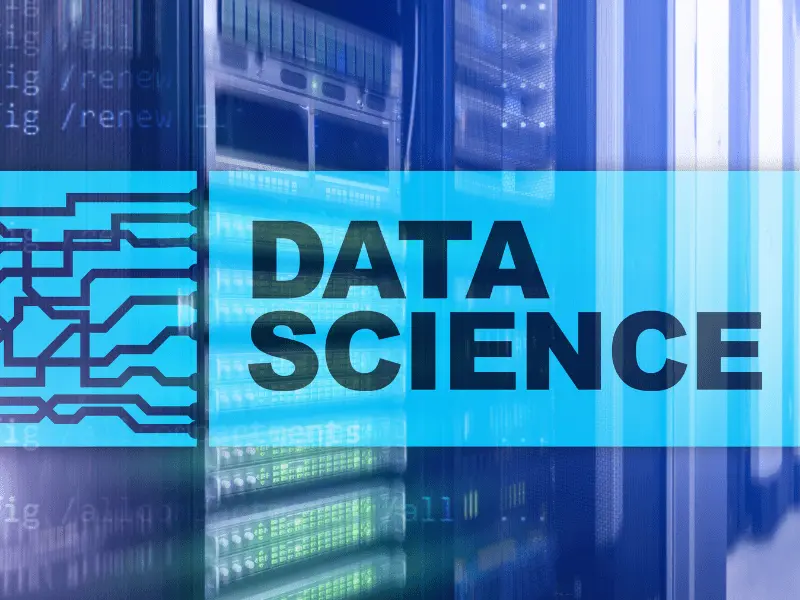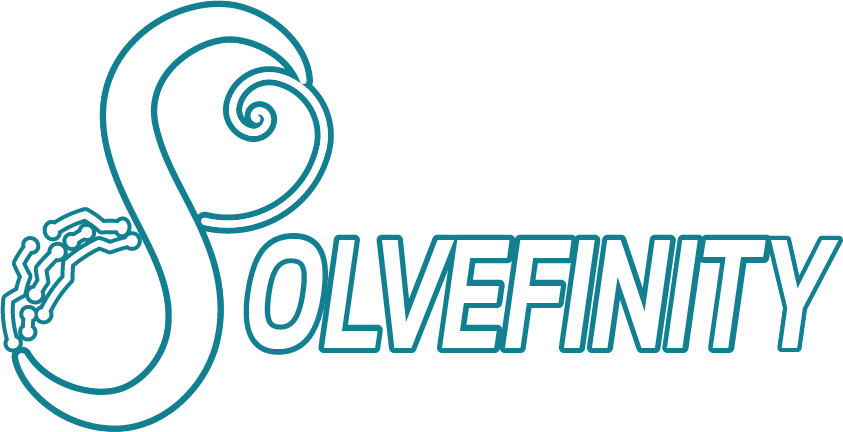
Why Data Literacy Matters permalink
Data is everywhere. It influences what shows up in our social media feeds, the polls and reports we see in the news, the ads targeted to us online, and even the medical decisions made about our health.
If students cannot read, question, and communicate with data, they are unprepared not only for future careers but also for life as citizens and consumers. That is the heart of data literacy.
The Organisation for Economic Co-operation and Development (OECD) defines data literacy as “the ability to derive meaningful information from data… to draw correct conclusions, and recognize when data are being used in misleading or inappropriate ways.”[1]
Similarly, the National Network of Libraries of Medicine (NNLM) describes it as “the ability to understand data, interpret it, and effectively communicate meaning, including spotting when data are misused.”[2]
These definitions highlight that data literacy is not about coding or building algorithms. It is about sense-making, communication, and critical thinking.
Data Literacy and Data Science: How They Connect permalink
It helps to distinguish between these terms.
- Data literacy is the umbrella. It is the ability to interpret, critique, and communicate with data responsibly. Every student needs this skill, across all grade levels and subjects.
- Data science is the deeper mathematical analysis. It involves coding, statistics, modeling, and using tools to extract insights and make predictions.
Maryland, along with other states, recently approved a new Data Science pathway in high school mathematics. This is exciting, but it also means many teachers will be teaching data analysis for the first time.
While data science is a specific course sequence, data literacy should be infused across the curriculum from K–12.

This series will support both:
- Helping all teachers incorporate data literacy into their classrooms.
- Helping math teachers feel confident with the analysis side of data science.
Why Teach Data Literacy in Mathematics? permalink
Bringing data literacy into math classrooms provides several benefits:
- Relevance to the real world. Students engage with authentic datasets and see how math connects to the world around them.
- Critical thinking. Interpreting data develops reasoning, pattern recognition, and decision-making based on evidence.
- Preparation for future opportunities. The U.S. Bureau of Labor Statistics projects a 36% growth in data scientist employment from 2023 to 2033, much higher than the average for other jobs.[3] Students with strong data literacy will be better prepared for this landscape.
- Interdisciplinary learning. Data connects mathematics with technology and subject-specific knowledge, helping students make sense of complex systems.[7]
Put simply, data literacy is a civic skill as well as a career skill. Students must be able to evaluate claims, recognize bias, and make informed decisions in a world that runs on information.
What It Looks Like in the Classroom permalink
Teachers do not need to overhaul everything at once. Data literacy can begin with small shifts:
- Start with familiar concepts like mean, median, mode, and simple data visualizations.
- Incorporate technology through spreadsheets, coding platforms, or data visualization tools.
- Use datasets connected to student interests or current events.
- Encourage project-based investigations where students pose questions, collect or source data, and share conclusions.
These steps make data tangible and show students that math is about making sense of the world, not just performing procedures.

What’s Next permalink
This post is the foundation for a series on teaching data literacy and data science. In the coming months, I will share:
- Lesson ideas you can adapt immediately.
- Step-by-step guides for data science tools like Excel, Python/Colab, and R.
- Video walkthroughs for teachers new to the tech side and some of the core data science concepts.
- Downloadable resources for classroom use.
My goal is to help teachers feel confident bringing data into math instruction and to help students see data as something they can use, not just something that happens to them.
References permalink
[1]: Organisation for Economic Co-operation and Development (OECD). (2018). The Future of Education and Skills: Education 2030 – Conceptual learning framework. Retrieved from https://www.oecd.org
[2]: National Network of Libraries of Medicine (NNLM). (2023). Data Glossary: Data Literacy. Retrieved from https://www.nnlm.gov/guides/data-glossary/data-literacy
[3]: U.S. Bureau of Labor Statistics. (2024). Data Scientists. Retrieved from https://www.bls.gov
[4]: IBM. (2023). Data Science vs. Data Analytics: Understanding the Differences. IBM Think.
[5]: Harvard Business School. (2023). Data Science vs. Data Analytics: Which Career Path is Right for You? Harvard Business Online.
[6]: Discover Data Science. (2023). What’s the Difference Between Data Science and Statistics? Retrieved from https://www.discoverdatascience.org
[7]: 365 Data Science. (2024). The Future of Data Science. Retrieved from https://365datascience.com
